Home>Dining>Table Decor>How To Make Church Floral Arrangements
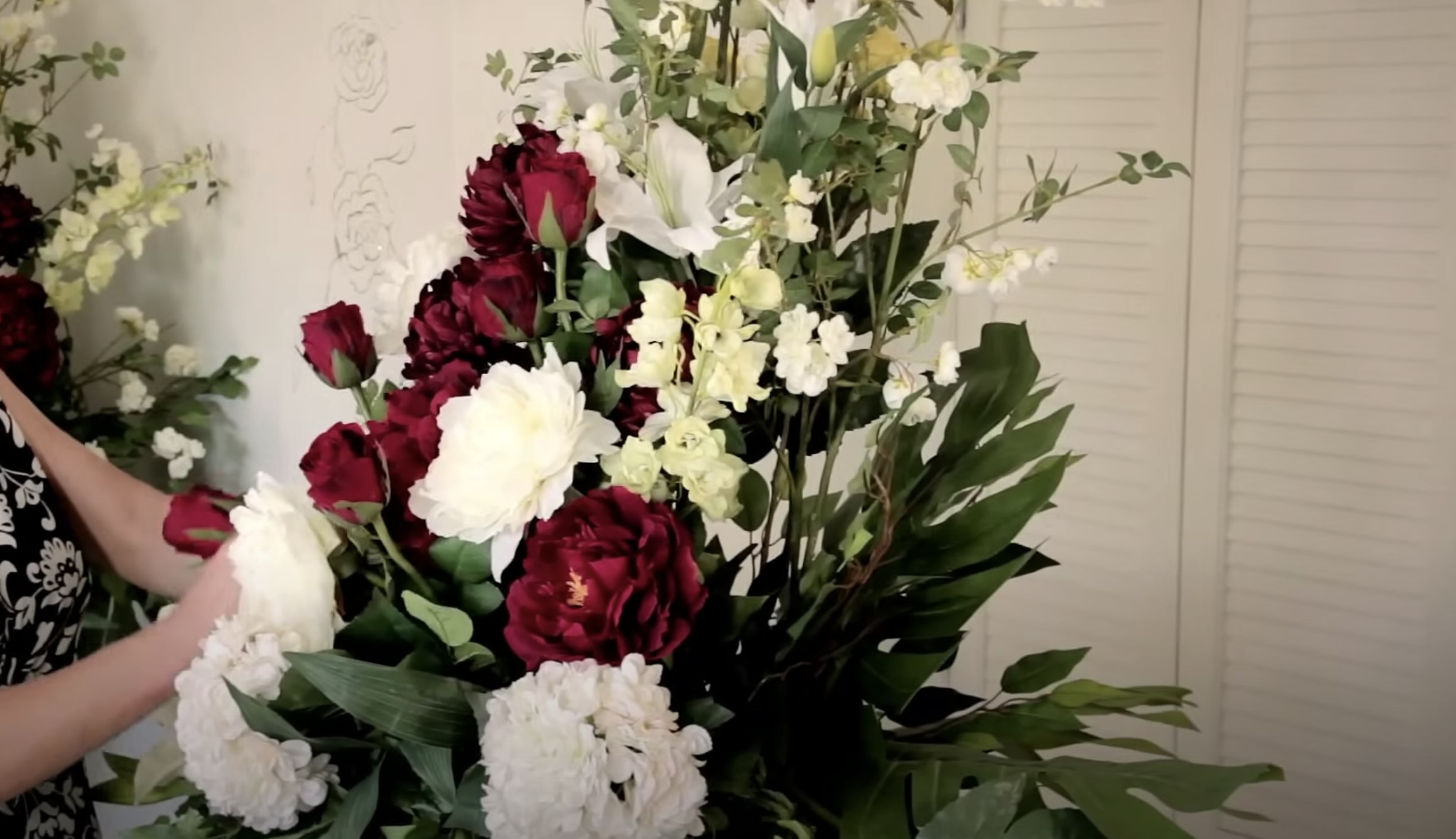

Table Decor
How To Make Church Floral Arrangements
Modified: February 24, 2024
Learn how to create stunning table decor for church floral arrangements. Transform your space into a beautiful sanctuary with our step-by-step guide.
(Many of the links in this article redirect to a specific reviewed product. Your purchase of these products through affiliate links helps to generate commission for Storables.com, at no extra cost. Learn more)
Introduction
Welcome to the wonderful world of church floral arrangements! Creating beautiful table decor for religious services not only adds a touch of elegance and color to the space, but also enhances the overall atmosphere of worship and celebration. In this article, we will explore the art of making church floral arrangements, providing you with essential tips and guidance to create stunning and meaningful displays.
Whether you are an experienced flower enthusiast or a beginner looking to try your hand at floral design, this article is for you. We will walk you through the process step by step, from choosing the right flowers to arranging them in an aesthetically pleasing manner. So, let’s get started!
Before we dive into the specifics of creating church floral arrangements, it’s important to note that each church may have its own guidelines and requirements regarding table decor. It’s always a good idea to check with the church authorities or the worship committee to ensure that your floral arrangements align with the overall ambiance and purpose of the space. Additionally, consider any restrictions or allergies that may be present within the congregation when selecting flowers.
Creating church floral arrangements is not only about making something visually appealing; it’s also about conveying a message or reflecting the theme of a specific worship service or event. Therefore, it’s crucial to choose flowers that resonate with the religious significance or the occasion at hand.
You can incorporate elements such as color symbolism, seasonal blooms, or specific themes into your arrangement to create a meaningful and impactful display. For example, red flowers may symbolize love and sacrifice, while white flowers often represent purity and holiness. Researching flower symbolism can be a helpful tool in selecting the perfect blooms for your church floral arrangements.
Additionally, keep in mind the overall aesthetic of the church space when choosing flowers. Consider the architecture, color palette, and lighting to ensure that your floral arrangements complement and elevate the existing decor.
Now that we have covered the basics of creating church floral arrangements, let’s move on to the materials you will need to bring your vision to life.
Key Takeaways:
- Creating church floral arrangements involves thoughtful selection of flowers, intentional arrangement techniques, and proper maintenance to enhance the atmosphere and visual appeal of religious services.
- By incorporating symbolism, color palettes, and seasonal blooms, individuals can create memorable displays that convey special messages and add beauty to the worship environment.
Read more: How To Make Easter Floral Arrangements
Materials Needed
Before you begin creating your church floral arrangements, it’s important to gather all the necessary materials. Here’s a list of items you’ll need:
- Flowers: Choose a variety of flowers that align with the theme or symbolism you wish to convey. Consider using a mix of focal flowers, accent flowers, and foliage for a well-balanced arrangement.
- Vases or containers: Select vases or containers that suit the style and size of the church space. Clear glass vases are versatile and allow the beauty of the flowers to shine through, while ceramic or metal containers can add a touch of elegance.
- Floral foam or frog pins: Floral foam or frog pins are essential for creating a stable foundation for your arrangements. They help to hold the flowers in place and ensure longevity.
- Water tubes or floral preservative: Water tubes are small vials that can be filled with water and attached to the stems of your flowers. They help to keep the flowers hydrated and prolong their freshness. Floral preservative can also be added to the water to nourish the blooms.
- Floral tape and wire: Floral tape and wire are useful for securing the stems together and providing additional support for larger flower arrangements.
- Pruning shears or floral scissors: Sharp pruning shears or floral scissors are essential for cutting and trimming the flowers and foliage.
- Gloves and apron: It’s a good idea to wear gloves and an apron to protect your hands and clothing while working with flowers and arranging the arrangements.
- Additional decorative elements: Depending on the occasion or theme, you might want to include additional decorative elements such as ribbons, candles, or religious symbols.
Make sure to have all these materials ready before you start creating your church floral arrangements. Having everything organized and within reach will save you time and make the process smoother. Now that you have your materials ready, let’s move on to the next step: choosing the perfect flowers for your arrangement.
Choosing Flowers
Choosing the right flowers for your church floral arrangements is crucial to create a visually stunning and meaningful display. Here are some tips to help you select the perfect blooms:
1. Consider the occasion or theme: Think about the message or symbolism you want to convey through your floral arrangements. For example, if you’re creating arrangements for a wedding, you might choose romantic flowers such as roses or peonies. If it’s an Easter service, you could opt for lilies or tulips, which are often associated with rebirth and new beginnings.
2. Take into account the church’s color scheme: Look at the color palette of the church space to ensure that your floral arrangements harmonize with the surroundings. You can choose flowers that complement or contrast with the existing colors. For example, if the church has a lot of warm tones, consider using cool-colored flowers like blues or purples to create a striking contrast.
3. Consider the size and shape of the space: Take into account the size and shape of the tables or altars where the floral arrangements will be displayed. For larger spaces, you can create more elaborate and grand arrangements. For smaller tables, opt for more compact and simple designs so as not to overpower the space.
4. Incorporate seasonal blooms: Using seasonal flowers adds a touch of freshness and relevance to your floral arrangements. If it’s spring, consider using blossoms like cherry blossoms or daffodils. In summer, sunflowers or dahlias can bring vibrant colors. Autumn calls for flowers like chrysanthemums and asters, while winter arrangements can include evergreens, holly, and berries.
5. Choose a mix of focal flowers, accent flowers, and foliage: Focal flowers are the main attraction of your arrangement. They are typically larger blooms that draw attention. Accent flowers, on the other hand, are smaller blooms that add depth and dimension. Foliage, such as ferns or eucalyptus, can provide texture and fill in any gaps.
6. Consider the fragrance: Flowers not only add visual appeal but can also contribute to the overall sensory experience. Consider the fragrance of the flowers you choose, especially in a church setting where scent can enhance the spiritual ambiance. Roses and lilies are known for their pleasant fragrance.
7. Check for any allergies or sensitivities: Keep in mind any allergies or sensitivities within the congregation. Avoid using flowers that may trigger allergies or have strong scents that could be overwhelming to some individuals. Opt for flowers with lighter scents or choose allergy-friendly options like orchids or snapdragons.
Remember, the key is to create a cohesive and harmonious arrangement that complements the space and the occasion. Take your time to select the perfect flowers, and don’t be afraid to get creative and experiment. Now that you have chosen your flowers, it’s time to prepare the containers for your arrangements.
Preparing the Containers
Preparing the containers for your church floral arrangements is an essential step to ensure the stability and longevity of your blooms. Here’s what you need to do:
1. Clean the containers: Start by thoroughly cleaning the vases or containers you will be using. Wash them with mild soap and warm water, ensuring that there are no dirt or residue left behind. Rinse them well and dry them with a clean cloth.
2. Add floral foam or frog pins: If using floral foam, cut it to fit the size and shape of your container. Soak the foam in water until it’s fully saturated, then gently place it in the container. The floral foam will provide stability and help the flowers stay hydrated. Alternatively, you can use frog pins in a shallow container to hold the stems in place.
3. Secure the foam or pins: Once you have placed the floral foam or frog pins, secure them in the container using floral tape or adhesive. This will prevent them from moving around when you start arranging the flowers.
4. Create a grid (optional): To help keep your flowers in place and provide structure, you can create a grid using floral tape or clear tape on top of the container. Crisscross the tape to create small compartments where you can insert the stems.
5. Check for stability: Give the container a gentle shake or tilt to ensure that the floral foam, frog pins, or tape create a stable foundation. If necessary, make any adjustments or add additional support to ensure everything stays in place throughout the display.
By preparing the containers properly, you create a solid base for your church floral arrangements. This not only ensures that the flowers stay in place but also allows for proper water flow and hydration, prolonging the lifespan of your blooms. With the containers ready, it’s time to move on to creating a foundation for your arrangements.
Creating a Foundation
Creating a solid foundation is crucial for the stability and structure of your church floral arrangements. Follow these steps to establish a firm base:
1. Trim the stems: Before inserting the flowers into the container, trim the stems at an angle to facilitate optimal water absorption. Use sharp pruning shears or floral scissors to make clean cuts. Removing any excess foliage or thorns from the lower portion of the stems can also prevent them from rotting in the water.
2. Insert flowers strategically: Begin by inserting the focal flowers into the floral foam or frog pins. These larger blooms will be the centerpieces of your arrangement and should be evenly distributed throughout. Place them at different heights to create depth and visual interest.
3. Build the arrangement outward: After positioning the focal flowers, start adding the accent flowers around them. These smaller blooms will complement and enhance the overall design. Distribute them evenly, making sure to leave enough space for foliage and additional elements.
4. Insert foliage: Intertwine foliage, such as ferns, eucalyptus, or branches, to create a lush base for your floral arrangement. Use them to fill any gaps and provide texture. Place the foliage strategically to achieve a balanced and natural look.
5. Step back and assess: Take a step back from your arrangement and evaluate the overall balance and structure. Make any necessary adjustments by rearranging flowers or foliage to ensure a visually pleasing composition.
Remember to consider the shape of the arrangement. A traditional triangular shape with focal flowers at the center and shorter flowers towards the edges is a classic choice. However, you can also experiment with asymmetrical or organic shapes, depending on the style and theme of the service.
Creating a solid foundation for your church floral arrangements is the key to a visually pleasing display that will withstand the test of time. Now that you’ve established the framework, it’s time to add foliage and other decorative elements to enhance the arrangement further.
Read more: How To Make Hydrangea Floral Arrangements
Adding Foliage
Foliage plays a crucial role in enhancing the overall aesthetic and texture of your church floral arrangements. Follow these steps to incorporate foliage into your design:
1. Select the right foliage: Choose foliage that complements the chosen flowers and adds visual interest to the arrangement. Popular choices include ferns, eucalyptus, ivy, and various types of leaves. Consider the texture, color, and shape of the foliage to create a harmonious composition.
2. Trim and prepare the foliage: Trim the stems of the foliage, removing any excess leaves or thorns. This will make it easier to place them within the arrangement and prevent overcrowding. Clean the stems, removing any dirt or debris that may affect the water quality.
3. Add foliage as a base: Start by inserting a few pieces of foliage around the base of the arrangement to create a lush foundation. This will help fill any empty spaces and provide a backdrop for the main flowers. Arrange the foliage in a way that visually supports and balances the overall design.
4. Layer the foliage: Gradually layer the foliage throughout the arrangement, placing them strategically to create depth and dimension. Allow some of the foliage to cascade or drape over the sides of the container to add a touch of elegance. Consider different angles and perspectives to ensure that the foliage is evenly distributed.
5. Mix different types of foliage: To further enhance the visual interest, mix different types of foliage within the arrangement. Combine various shades of green, different leaf shapes, and contrasting textures to create an appealing contrast. Don’t be afraid to experiment and get creative with your choices.
6. Step back and assess: As you add foliage, step back and take a moment to assess the overall balance and composition. Consider whether any adjustments need to be made to ensure that the foliage complements the flowers and achieves the desired look. Rearrange stems or trim foliage if necessary.
Remember that foliage serves as a supporting element for the main flowers in your arrangement. It adds depth, texture, and visual interest, creating a cohesive and visually pleasing display. With the foliage in place, it’s time to start selecting and arranging the main flowers.
When making church floral arrangements, consider the size and scale of the space. Use larger arrangements for a grand church, and smaller ones for a more intimate setting. Also, choose flowers that are in season and complement the church’s decor.
Selecting and Arranging the Main Flowers
The main flowers in your church floral arrangements will serve as the focal point, drawing attention and conveying the overall theme or message. Follow these steps to select and arrange the main flowers:
1. Choose the right flowers: Select flowers that align with the occasion, theme, or color scheme of the church. Consider the significance and symbolism of the flowers, as well as their size and shape. Roses, lilies, hydrangeas, and dahlias are popular choices for main flowers due to their beautiful blooms and versatility.
2. Prepare the flowers: Trim the stems of the main flowers at an angle, removing any excess foliage or thorns. Cut the stems to the desired length, depending on the size of your container and the placement within the arrangement. Keep a bucket of water nearby to immediately place the trimmed stems in, ensuring they remain hydrated.
3. Insert the main flowers strategically: Begin by inserting a few of the main flowers into the floral foam or frog pins, placing them at varying heights. These flowers will serve as the focal point and anchor of your arrangement. Position them towards the center or front of the arrangement, depending on the viewing angle and the shape of your container.
4. Create balance and harmony: As you add more main flowers, distribute them evenly throughout the arrangement to create balance and visual harmony. Place them at different heights and angles, ensuring that no single flower dominates the entire display. Take a step back and assess the arrangement from different angles to make adjustments if needed.
5. Consider flower proportions: Pay attention to the proportion of the main flowers in relation to the size of your container and the overall arrangement. Choose larger blooms for larger containers, and smaller blooms for more compact arrangements. This will ensure that the flowers are in scale and create a visually pleasing display.
6. Mix and match colors and textures: Experiment with different colors and textures to add visual interest and depth to the arrangement. Consider using flowers of different shades within the same color family or combining complementary colors to create a striking contrast. Integrate different flower shapes and textures to add dimension and texture to your design.
7. Be mindful of the arrangement’s shape: Consider the shape of your church floral arrangement as you place the main flowers. Create a balanced and visually appealing shape, whether it be a traditional triangular form, a cascading design, or an organic and asymmetrical look. The shape should complement the style and ambiance of the church space.
Remember to step back and view your arrangement from different angles to ensure a balanced and visually pleasing display. Adjust the placement of the main flowers as needed until you are satisfied with the overall composition. With the main flowers arranged, it’s time to incorporate accent flowers to add depth and texture to your church floral arrangements.
Incorporating Accent Flowers
Accent flowers play a vital role in adding depth, texture, and visual interest to your church floral arrangements. Follow these steps to incorporate accent flowers into your design:
1. Choose appropriate accent flowers: Accent flowers should complement the main flowers and enhance the overall theme or color scheme. Consider using flowers that offer contrasting colors, shapes, or sizes to create visual variety. Examples of accent flowers include baby’s breath, wax flowers, delphiniums, or snapdragons.
2. Prepare the accent flowers: Trim the stems of the accent flowers at an angle, similar to the main flowers, removing any excess foliage or thorns. Cut the stems to the desired length, keeping in mind the height and placement within the arrangement.
3. Integrate the accent flowers strategically: Begin by inserting a few stems of accent flowers around the main flowers, using them to fill in gaps or add pops of color. Place the accent flowers at different heights and angles to create a sense of movement and balance within the arrangement.
4. Layer the accent flowers: Gradually layer more accent flowers throughout the arrangement, ensuring they are evenly distributed. Place them in between the main flowers and foliage to add depth and visual interest. Consider the size and shape of each accent flower, positioning them to create a harmonious composition and avoid overcrowding.
5. Consider the color palette: Accent flowers offer an opportunity to introduce complementary or contrasting colors into your arrangement. Consider the color wheel and select accent flowers that harmonize or create a striking contrast with the main flowers. This will add visual impact and enhance the overall aesthetic of the arrangement.
6. Embrace texture and shape: Accent flowers can introduce different textures and shapes into your arrangement. For example, spiky flowers like delphiniums or snapdragons can provide vertical interest, while fluffy flowers like baby’s breath can add a delicate and airy feel. Experiment with different textures to create a dynamic and visually pleasing effect.
7. Be mindful of proportion: Pay attention to the proportion of the accent flowers in relation to the main flowers and the overall size of the arrangement. Avoid overpowering the main flowers with too many accent flowers. Instead, strive for a balanced distribution that enhances the overall composition.
As you integrate accent flowers into your church floral arrangement, step back frequently to assess the visual impact and ensure a balanced and cohesive design. Make any necessary adjustments to achieve the desired aesthetic. With the accent flowers in place, it’s time to add the final touches to your arrangement.
Adding the Final Touches
Adding the final touches to your church floral arrangements is an opportunity to elevate the overall design and incorporate special elements. Follow these steps to bring your arrangement to life:
1. Evaluate the arrangement: Take a step back and carefully observe the arrangement as a whole. Assess the balance, proportions, and visual impact of the flowers and foliage. Make any necessary adjustments to ensure a cohesive and visually pleasing composition.
2. Incorporate additional decorative elements: Consider adding extra elements to enhance the arrangement. Depending on the occasion or theme, you may include ribbons, bows, religious symbols, or candles. These elements can add a personalized touch and further convey the desired message or symbolism.
3. Enhance with natural elements: Explore the use of natural elements to enhance the overall aesthetic of the arrangement. This can include branches, twigs, moss, or feathers. These organic elements can add texture, depth, and a touch of the outdoors to your church floral arrangements.
4. Consider the container: Take a moment to evaluate the container or vase you’re using. Ensure that it complements the overall design and doesn’t distract from the beauty of the flowers. You can enhance the appearance of the container by adding a decorative wrap, such as burlap or lace, or by using a unique and visually appealing container.
5. Pay attention to detail: Take the time to fine-tune each element of the arrangement. Straighten any crooked stems, ensure that the flowers are facing the desired direction, and remove any wilted or damaged blooms. These small adjustments can make a big difference in the overall presentation of the arrangement.
6. Reflect the space and occasion: Consider how the arrangement fits into the overall ambiance and purpose of the church space. Ensure that it reflects the tone of the occasion, whether it’s a joyful celebration or a more solemn service. The arrangement should complement the space and create a harmonious atmosphere.
7. Step back and admire: Once you’re satisfied with the final touches, step back and admire your work. Take a moment to appreciate the beauty and meaning behind your church floral arrangement. Don’t forget to capture a photo to preserve the memory of your creation.
Adding the final touches to your church floral arrangements is an opportunity to infuse your personal style and creativity into the design. By paying attention to detail and incorporating special elements, you can create a truly extraordinary display. Now that your arrangement is complete, let’s explore some maintenance and care tips to ensure its longevity.
Read more: How To Make Bows For Floral Arrangements
Maintenance and Care Tips
Proper maintenance and care are essential to keep your church floral arrangements looking fresh and vibrant throughout their display. Follow these tips to ensure the longevity of your arrangement:
1. Water regularly: Check the water levels in the containers daily and ensure they are adequately hydrated. Add fresh water as needed, making sure it reaches the stems without overflowing the container. Clean the vase or container periodically to prevent bacterial growth.
2. Trim the stems: Every few days, recut the stems of the flowers at an angle. This helps to maintain optimal water absorption and prevents stems from becoming blocked or rotting. Remove any wilting or yellowing leaves as you trim.
3. Remove faded blooms: As flowers begin to fade or wilt, carefully remove them from the arrangement. This not only improves the aesthetics but also allows the remaining flowers to receive adequate nutrients and water.
4. Keep them in a cool location: Display your church floral arrangements in a cool area away from direct sunlight, drafts, and heat sources. Extreme temperatures can cause flowers to wilt more quickly. Consider moving the arrangement to a cooler room overnight if necessary.
5. Schedule replacement and maintenance: Depending on the longevity of the flowers you have chosen, schedule regular replacements. This ensures that your arrangement always looks its best. Some flowers may last longer than others, so remove any wilting or deteriorating blooms and replace them with fresh ones as needed.
6. Handle with care: When moving or handling the arrangements, be gentle with the flowers and take care not to disrupt the arrangement. Hold the stems and avoid pulling or pressing down on the flowers, as this can damage them.
7. Consider professional assistance: For special occasions or longer-term displays, consider seeking the assistance of a professional florist. They can provide expert guidance and ensure proper care and maintenance for your church floral arrangements.
By following these maintenance and care tips, you can extend the lifespan of your church floral arrangements and keep them looking beautiful throughout their display. Remember to regularly assess the arrangement and make any necessary adjustments to maintain its aesthetic appeal.
Now that you’re equipped with these maintenance and care tips, you can confidently create and maintain stunning church floral arrangements. Whether it’s for a special religious service or a regular worship gathering, your arrangements will add beauty and meaning to the church space. Enjoy the process and unleash your creativity!
Is there anything else you would like to know?
Conclusion
Creating beautiful church floral arrangements is a wonderful way to enhance the atmosphere and visual appeal of religious services. Through careful selection of flowers, thoughtful arrangement techniques, and proper maintenance, you can create stunning displays that reflect the theme and significance of the occasion.
Remember to consider factors such as the occasion, color palette, and symbolism when choosing flowers. Select a mix of focal flowers, accent flowers, and foliage to create a well-balanced arrangement. Prepare your containers and establish a solid foundation with floral foam or frog pins. Be intentional in the placement of main flowers and foliage to achieve a visually pleasing composition.
Incorporate accent flowers to add depth and texture to the arrangement, and then add the final touches with additional decorative elements and natural materials. Assess the arrangement as a whole, ensuring the balance and proportionality of the design. Take care of your arrangement through regular watering, trimming, and removing faded blooms.
By following these steps and caring for your church floral arrangements, you can create memorable displays that enhance the spiritual experience within the church space. Whether it’s for a wedding, Easter service, Christmas celebration, or regular worship gathering, each arrangement can convey a special message and add beauty to the worship environment.
Feel free to experiment with different flower combinations, arrangement styles, and elements to create a unique and personal touch. Incorporate the guidelines provided in this article while also letting your creativity shine through.
With each arrangement you create, you have the opportunity to contribute to the visual legacy of your church space and create meaningful experiences for those attending services. So, have fun, embrace your creativity, and enjoy the process of bringing beauty and inspiration to your church through floral arrangements.
So, go forth and create stunning church floral arrangements that will uplift and engage those who gather for worship. Happy arranging!
Frequently Asked Questions about How To Make Church Floral Arrangements
Was this page helpful?
At Storables.com, we guarantee accurate and reliable information. Our content, validated by Expert Board Contributors, is crafted following stringent Editorial Policies. We're committed to providing you with well-researched, expert-backed insights for all your informational needs.
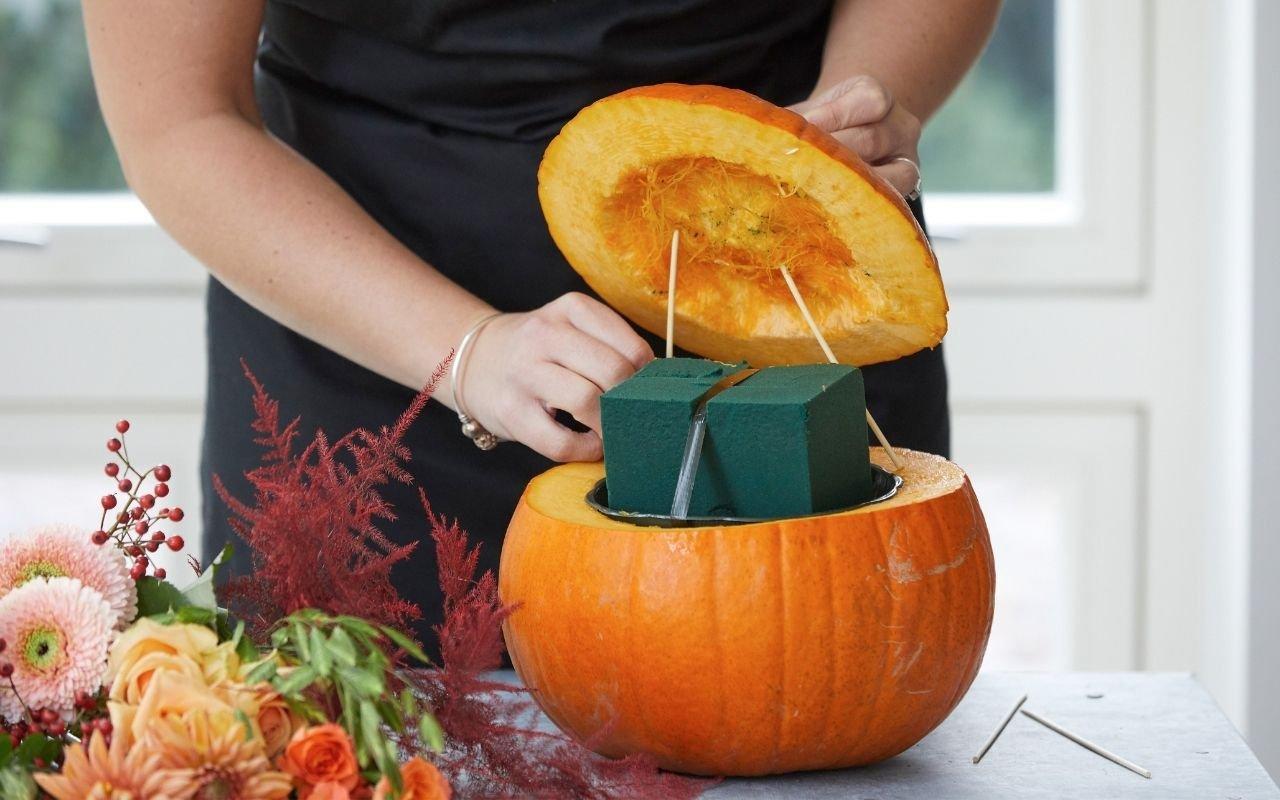
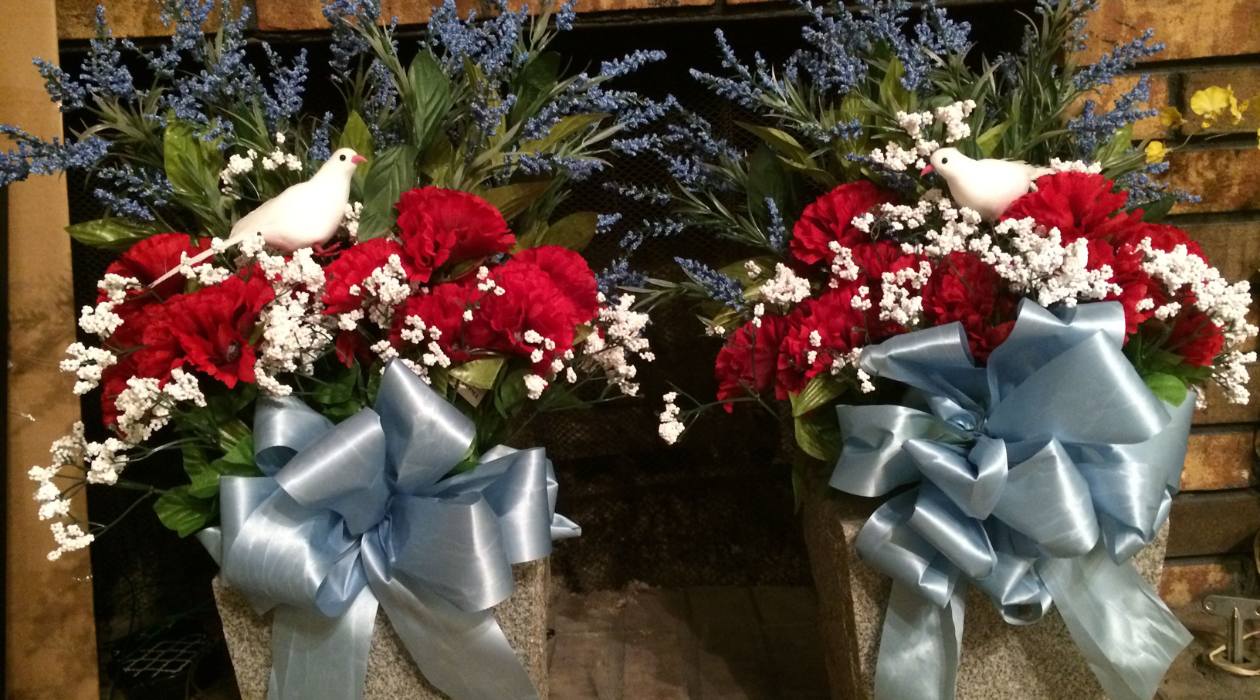
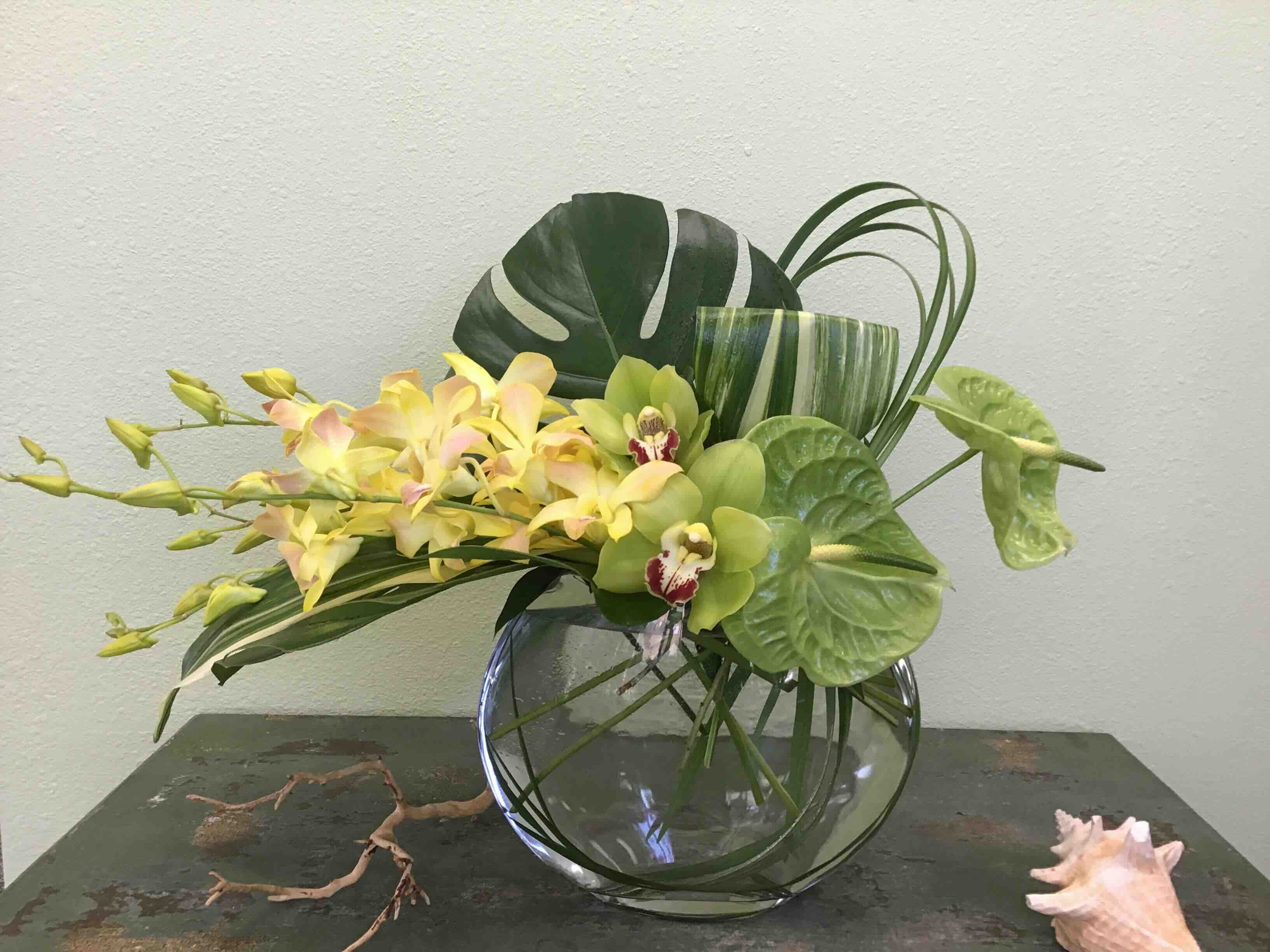
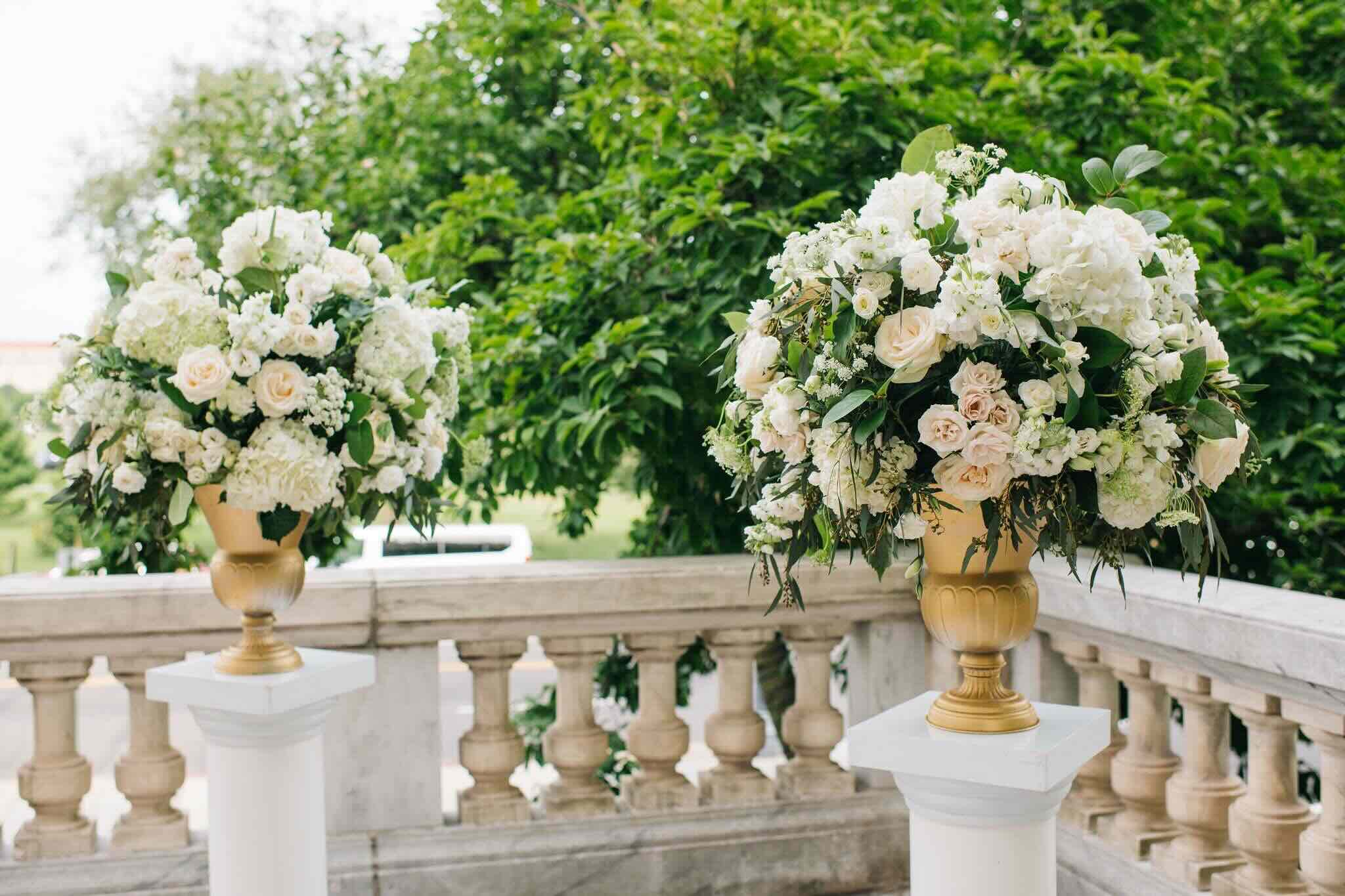
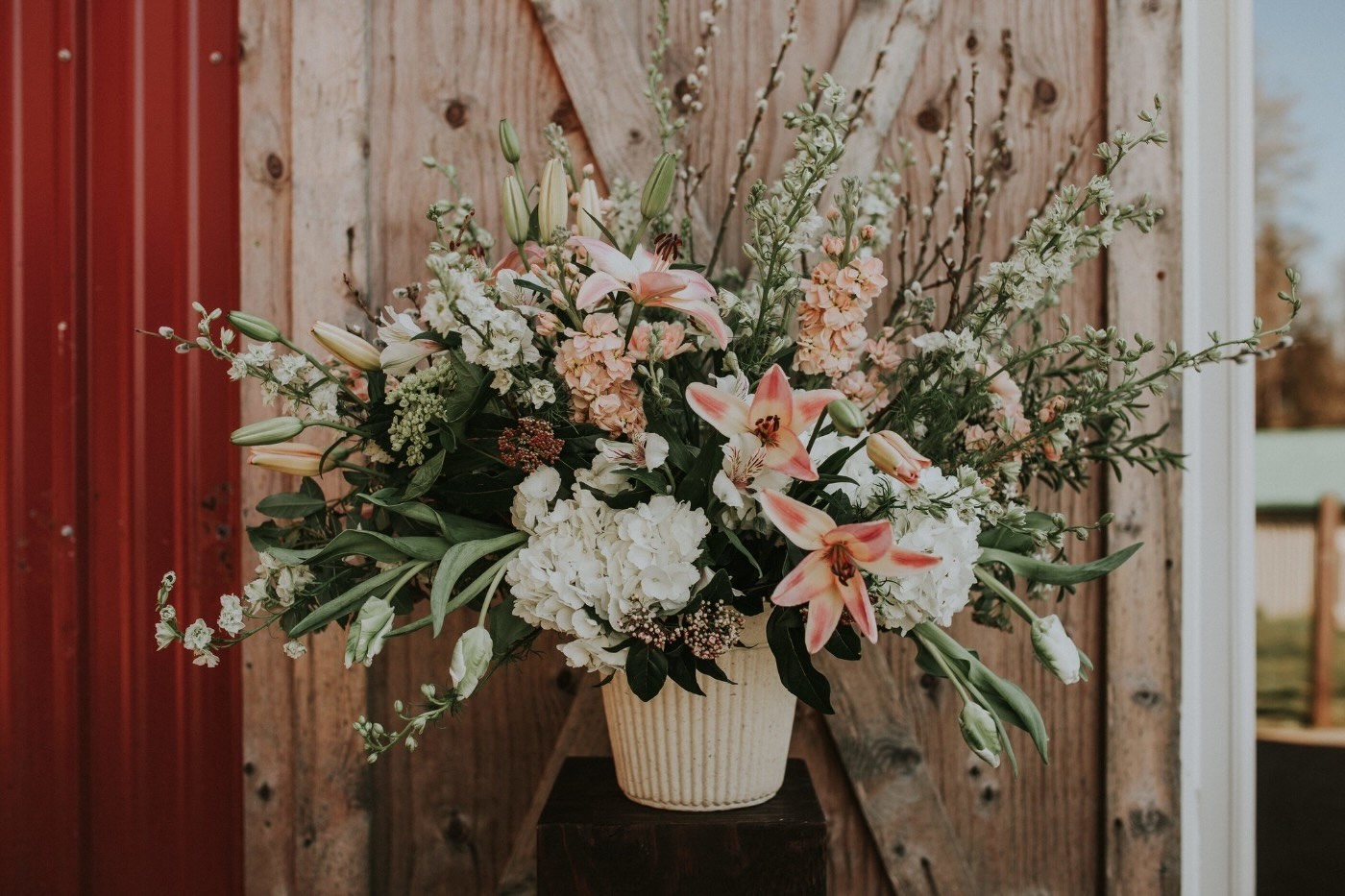
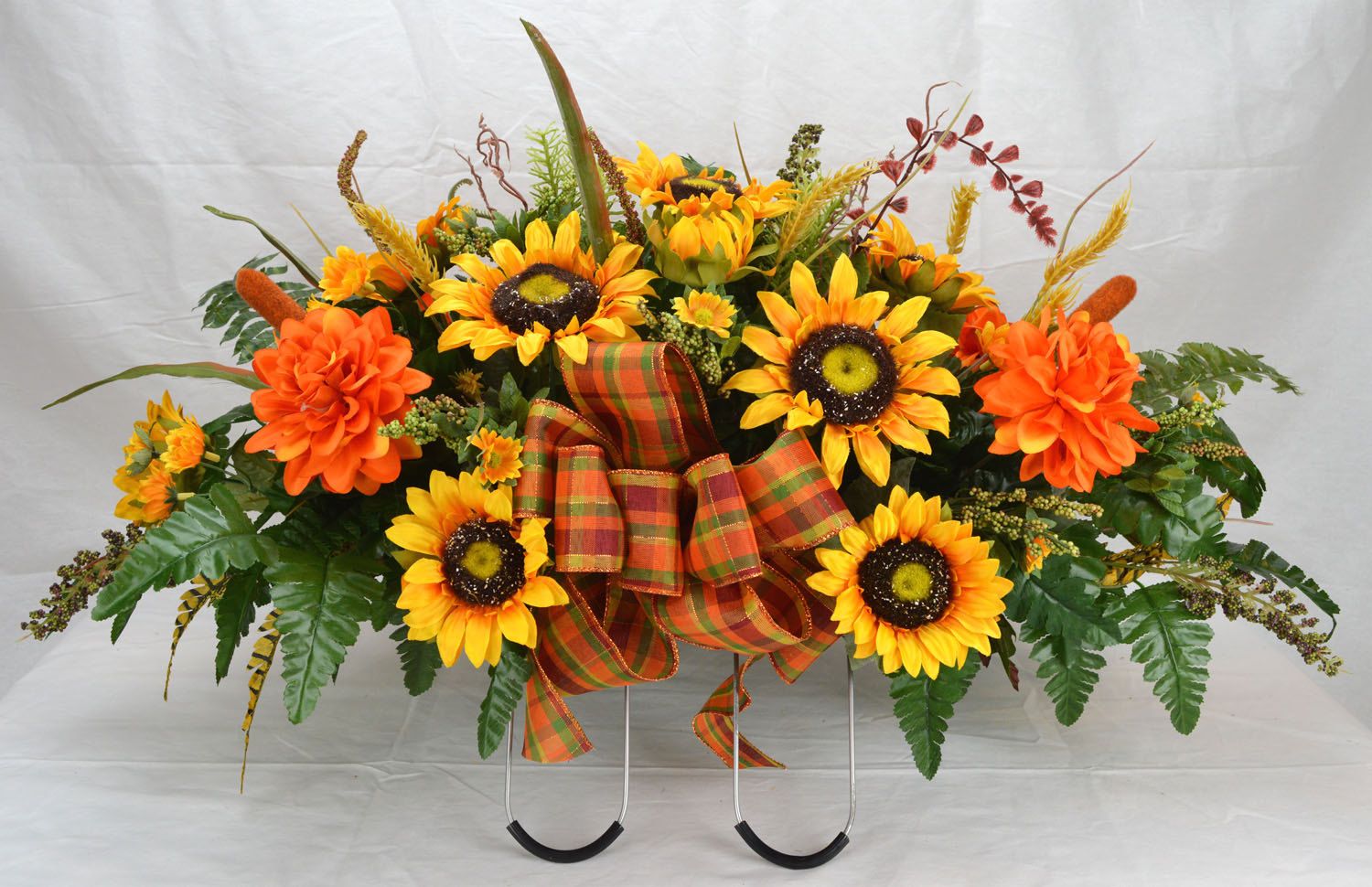
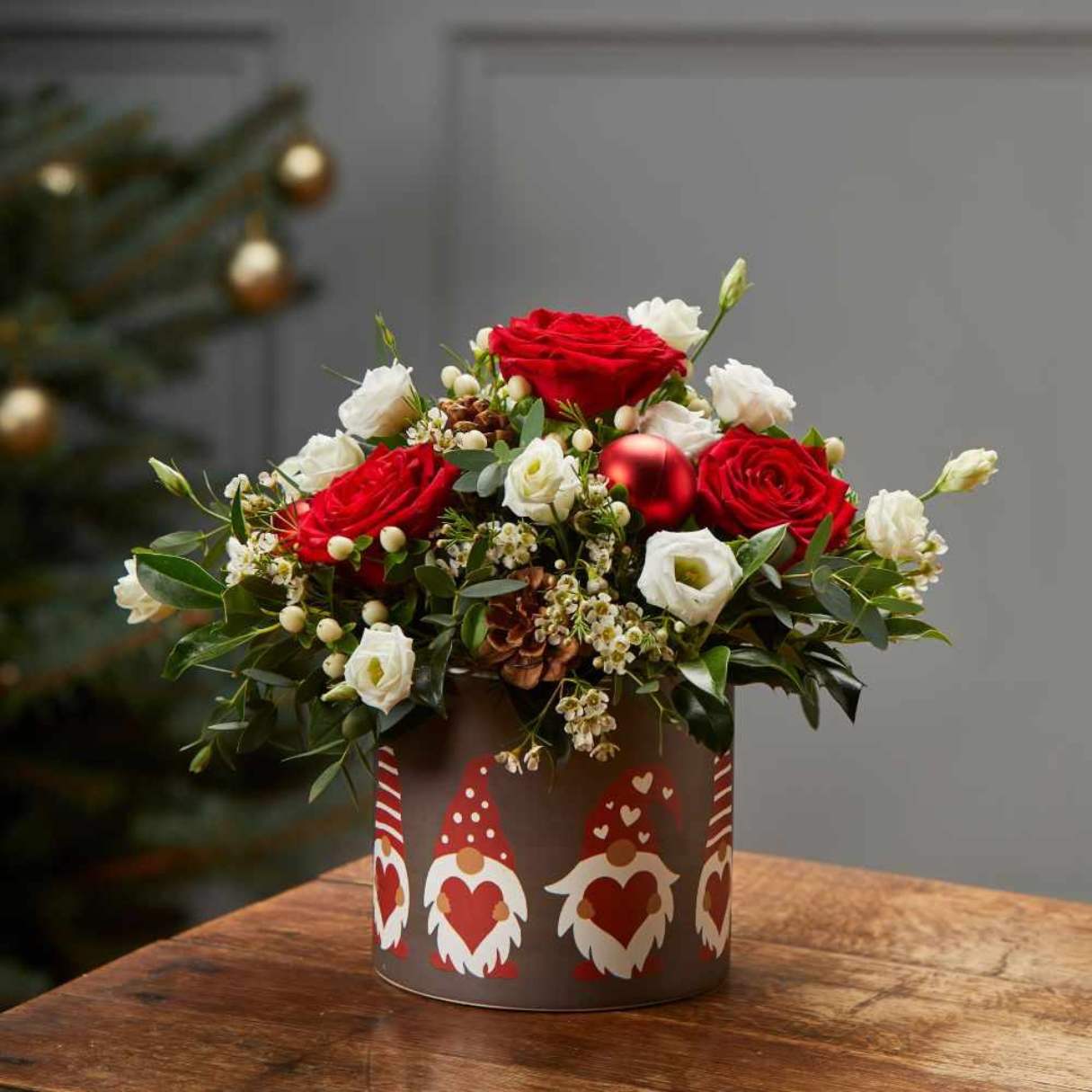
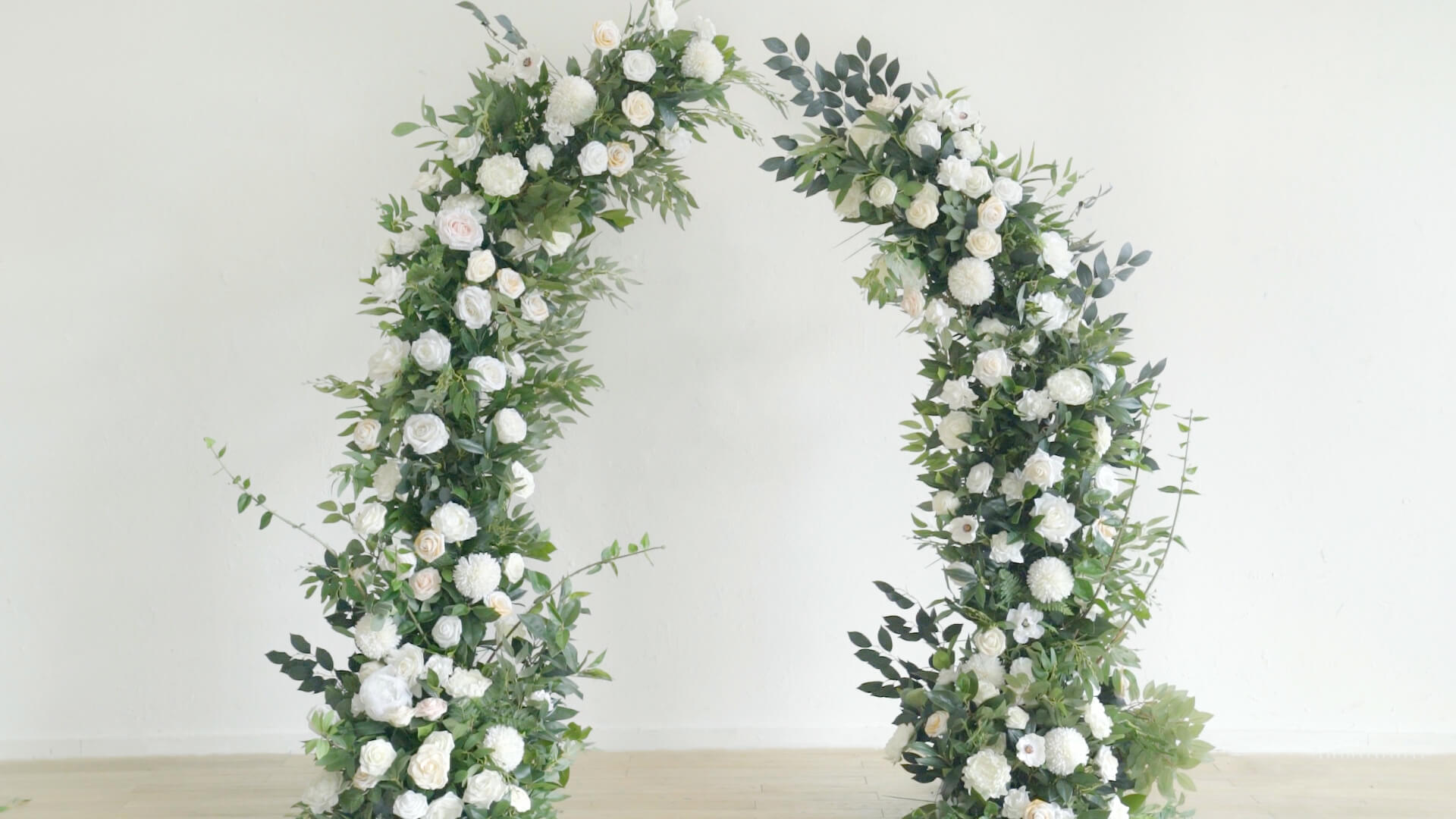
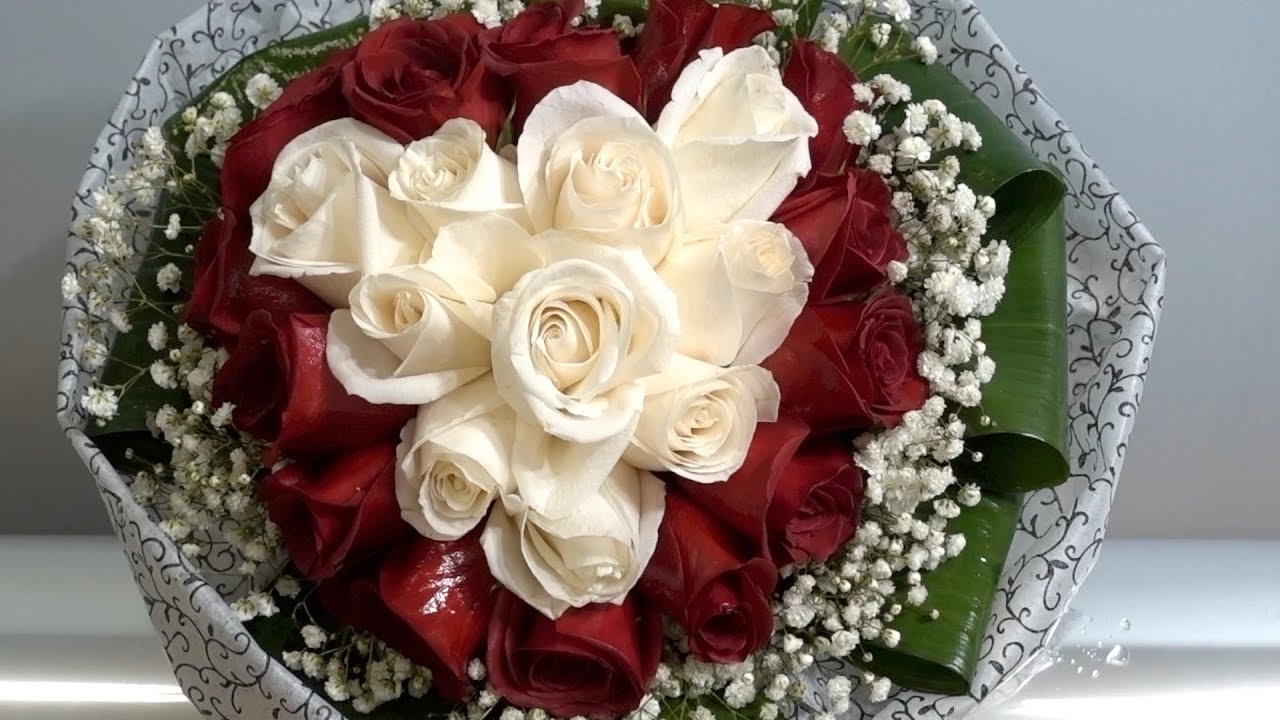
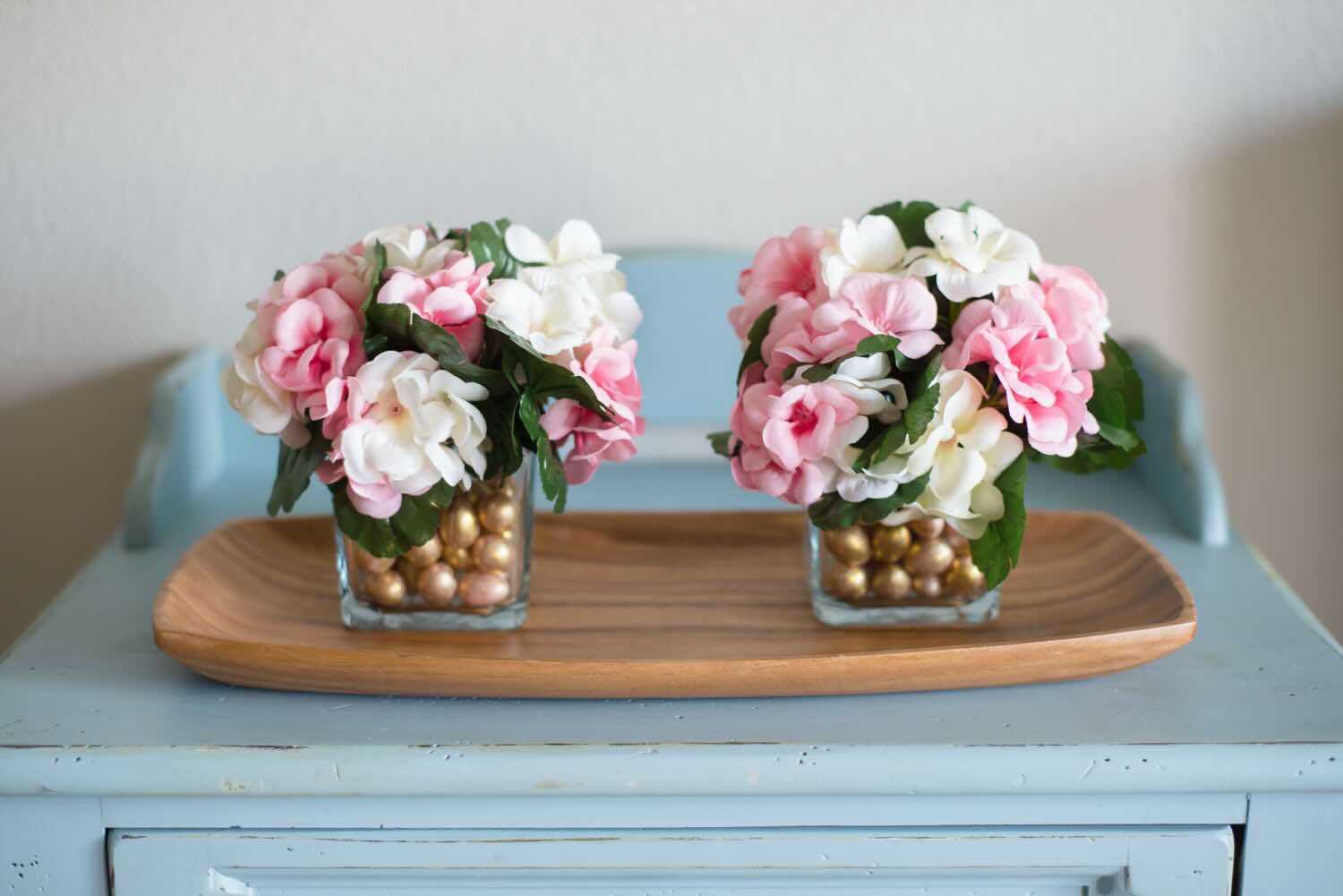
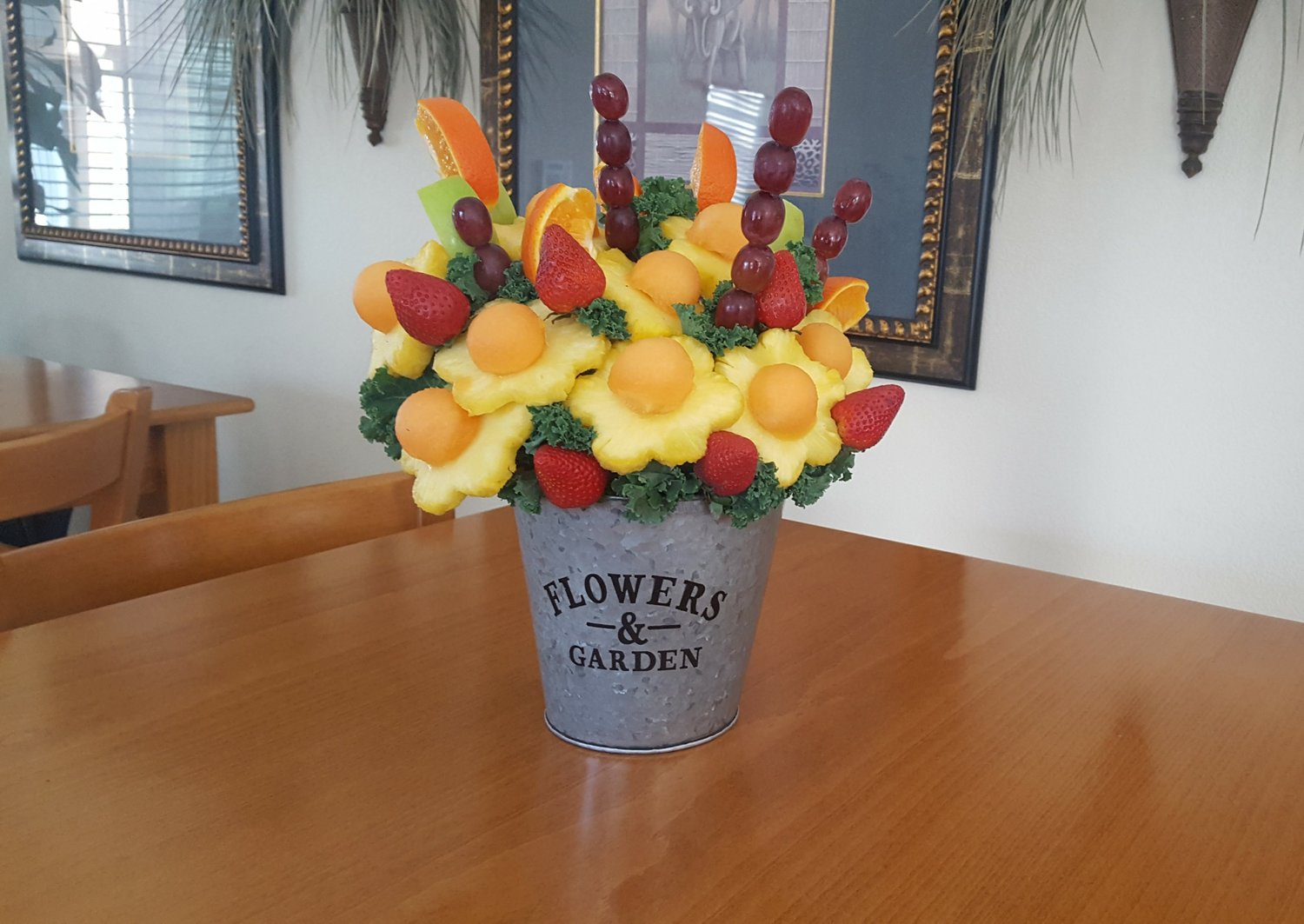
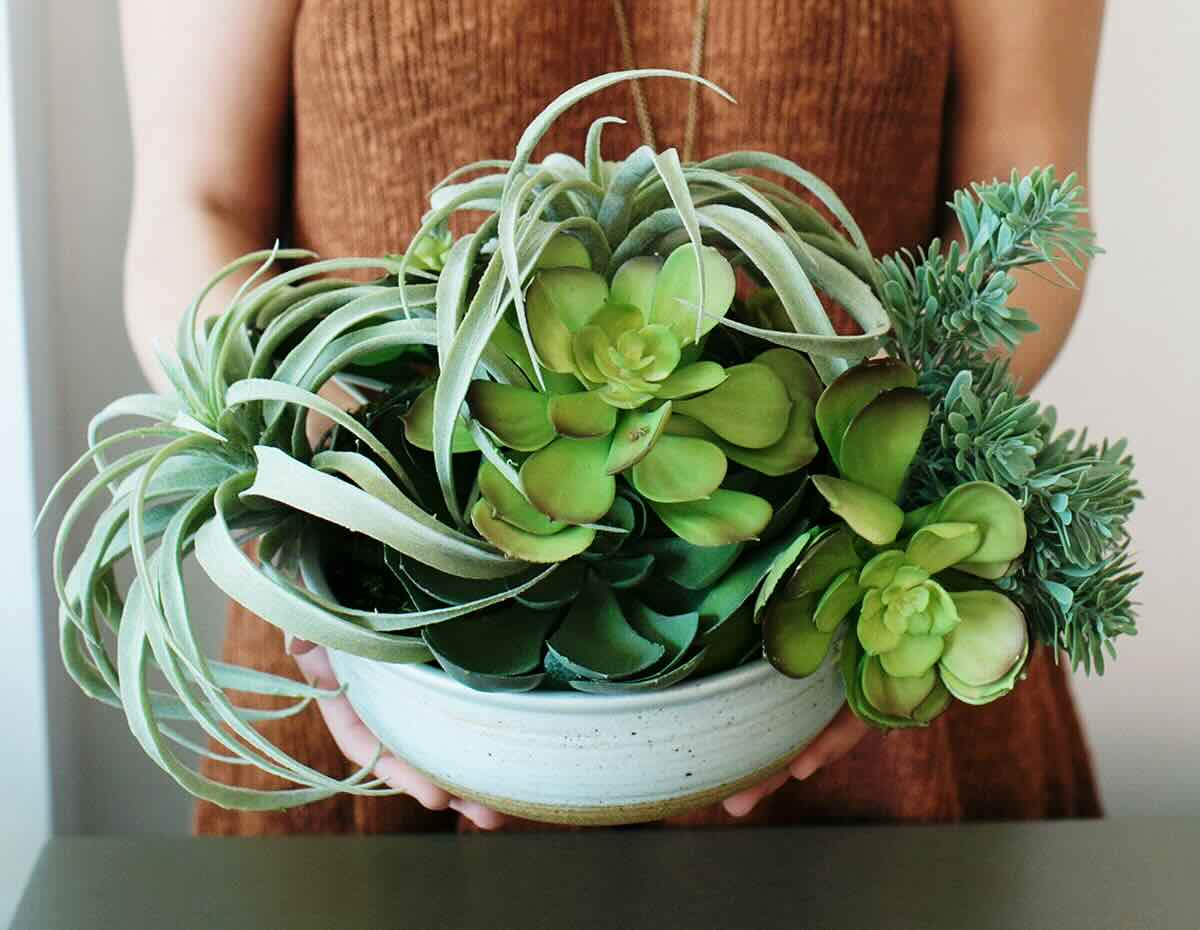
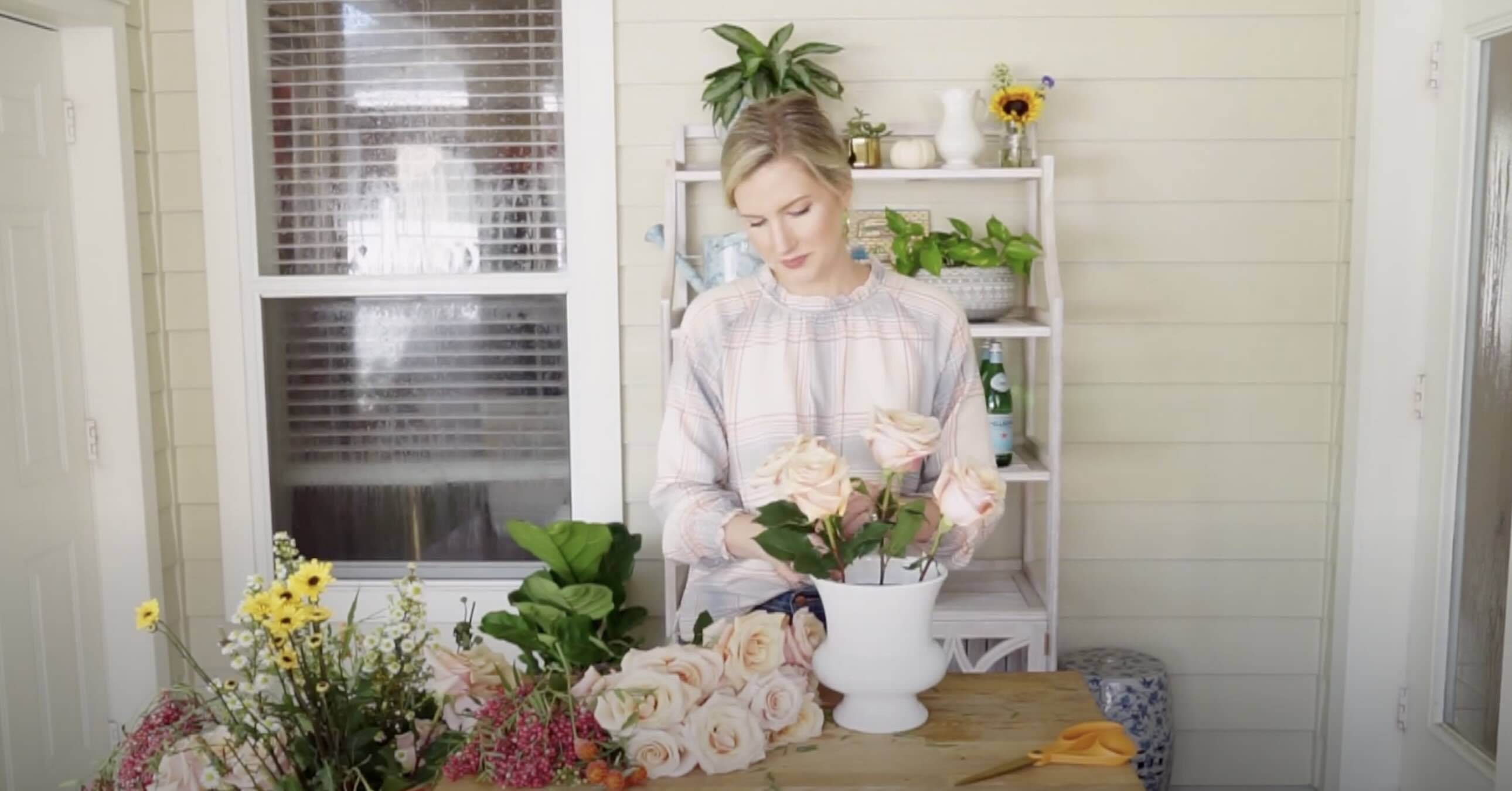

0 thoughts on “How To Make Church Floral Arrangements”